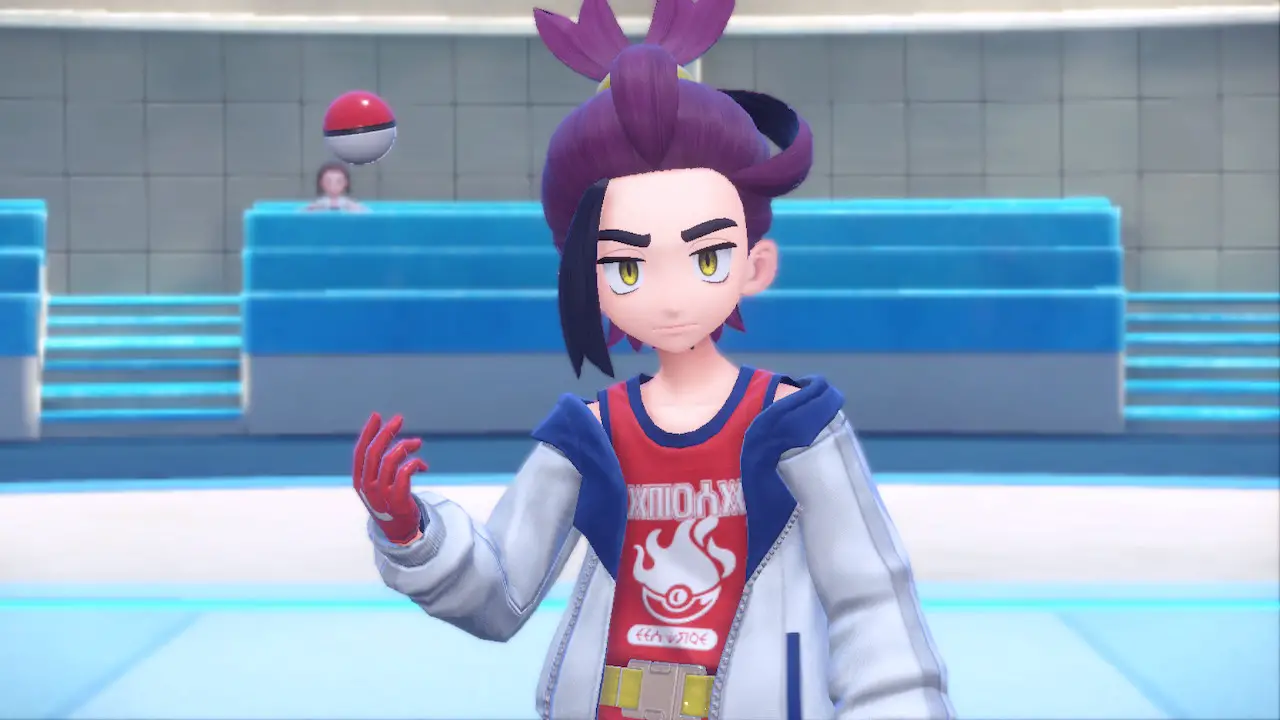
Pokémon Scarlet & Pokémon Violet tried to reinvent the series, and succeeded in some ways with its open world structure, but largely felt like more of the same in a worse package. The franchise lost its sense of adventure and whimsy somewhere along the way, and we were left with titles – aside from Legends Arceus – that feel lifeless and hollow. We had hope that the paid DLC, The Hidden Treasure of Area Zero, could recapture some of that magic, but part one underwhelmed us to say the least and coasted by on the inherent fun of catching Pokémon. Of course, with every part one must come a part two, and now we have The Indigo Disk. Is this where Pokémon finally becomes itself again, or is more of the shell of itself we’ve grown complacent with?
David – Violet:
The Hidden Treasure of Area Zero Part 1 ended with the promise of returning to Unova, the region featured in Pokémon Black and White. Gen 5 has my favorite Pokémon games, so the prospect of going back was exciting. Obviously a DLC can’t offer a full game’s worth of explorable territory, but I was looking forward to revisiting a small part of Unova. I was disappointed when I realized the Indigo Disk would instead take place entirely in a school on the water far from the mainland of Unova. Once I got over my own expectations, however, I did find a lot to enjoy about the school setting.
Blueberry Academy has a massive Terrarium below its waters which functions as the smaller open world you’ll explore as the school’s exchange student. It’s divided into four biomes by some glowing blocks: Canyon, Savannah, Costal, and Polar, with a central plaza in the… center. It’s all stuff we’ve seen in the base game and even Kitakami, part 1 of the DLC, but there are some interesting things to discover here. Namely, the caves. There are a ton of small caves littered throughout, but you can also discover huge cave systems with Pokémon to catch and trainers to battle as you explore.
None of these are on the path of the main story, but they were easily the highlight of my adventure – and I’ve only found two so far. One was lit by torches (though the game never actually gets dark) with two levels accessed by a natural spiral staircase. The other was filled with electrifying crystals and multiple floors you could only get to by flying or climbing. Oh yeah, your ultimate reward for finishing the DLC is the ability to fly. It’s certainly easier than climbing everywhere and more fun than fast traveling, but not terribly useful or interesting at this point in the game.
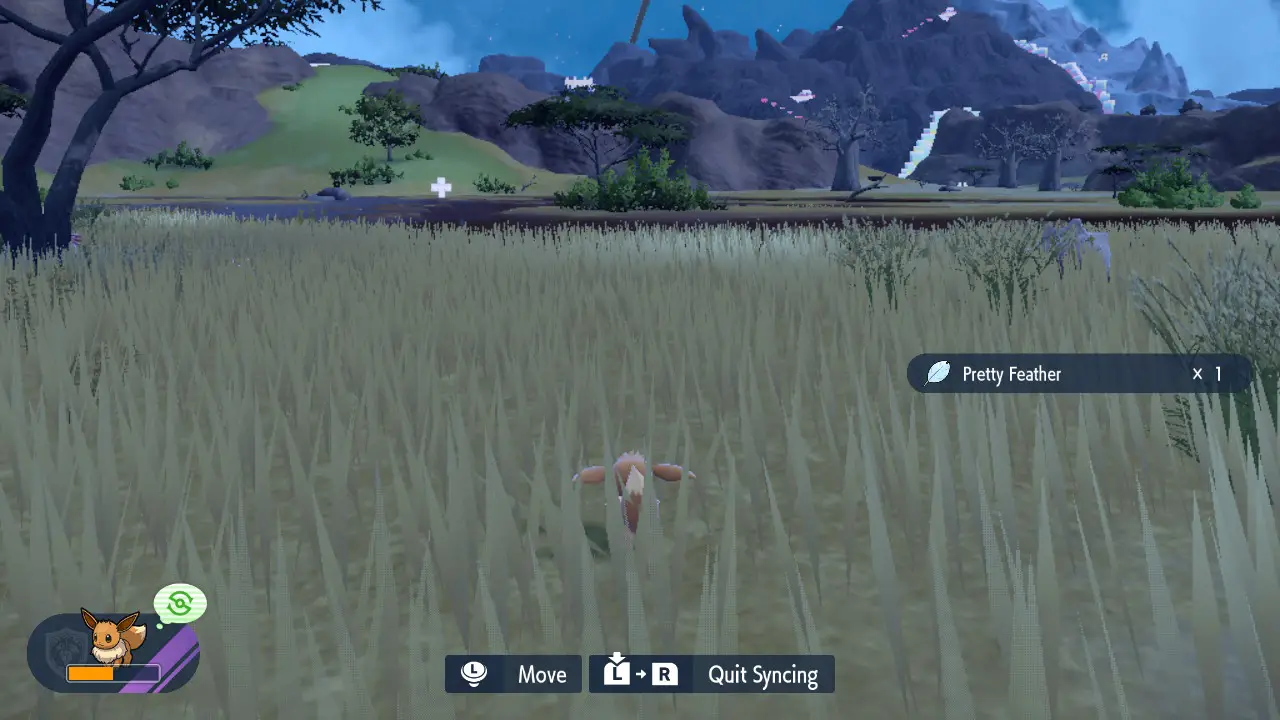
The main story has you randomly selected (because the Pokémon world revolves around you) to attend Blueberry Academy as an exchange student. Just like Uva Academy, Blueberry takes a more freeform approach to learning as after your first school assignment to catch and Alolan Pokémon form you are free to do whatever you want as long as whatever you want involves joining the Blueberry League, or BB League, Club. This sees you taking on the club’s Elite Four in any order you want then challenging the Champion. This part of the story requires you to have beaten the main quest of part 1 as Kieran is the club’s Champion, having changed drastically from the shy boy you first met.
I enjoyed seeing Kieran’s character arc here, as he tried to learn from you but took all the wrong lessons. It kind of tackles some repercussions from your character being the most special child in existence and how it hurt him when Pokémon he wanted to form a connection with chooses you instead. That’s a very cool concept, but it really needed extra time to be explored more than a very light surface level. Most story beats feel rushed, in fact. One of the club members apparently had a plan involving you battling Kieran but it never amounts to anything, the teacher from part 1 who was clearly a third act villain does do something bad but that’s glossed over with an “well that wasn’t great but buy my book,” and the titular Indigo Disk is randomly given to you, used once, and never brought up again. The story is very short, and could have used its time more wisely.

Once again, the most fun you’ll have here is the simple joy of catching Pokémon and filling out your Dex. There are quite a few new ‘mons this time around too. Well, not new, but new to Scarlet & Violet at least. If you have Pokémon Home you can just transfer all the new ones in, but I’m not subscribed at the moment and catching them again is more fun. The best part of the DLC actually involves catching and creating a new team of Pokémon on the fly as part of the test before you battle the Polar area’s Elite.
Speaking of, The Indigo Disk contains the game’s most difficult battles so far. Two out of the four Elite battles had me down to my last Pokémon, which is saying something because trainer fights here are always Double Battles. Even then, that Pokémon was only still available because I used a Max Revive. It reminds me of playing Pokémon when I was younger and much worse at video games. Those games were still fairly easy overall, but very difficult to a child and The Indigo Disk succeeds in capturing that feeling.
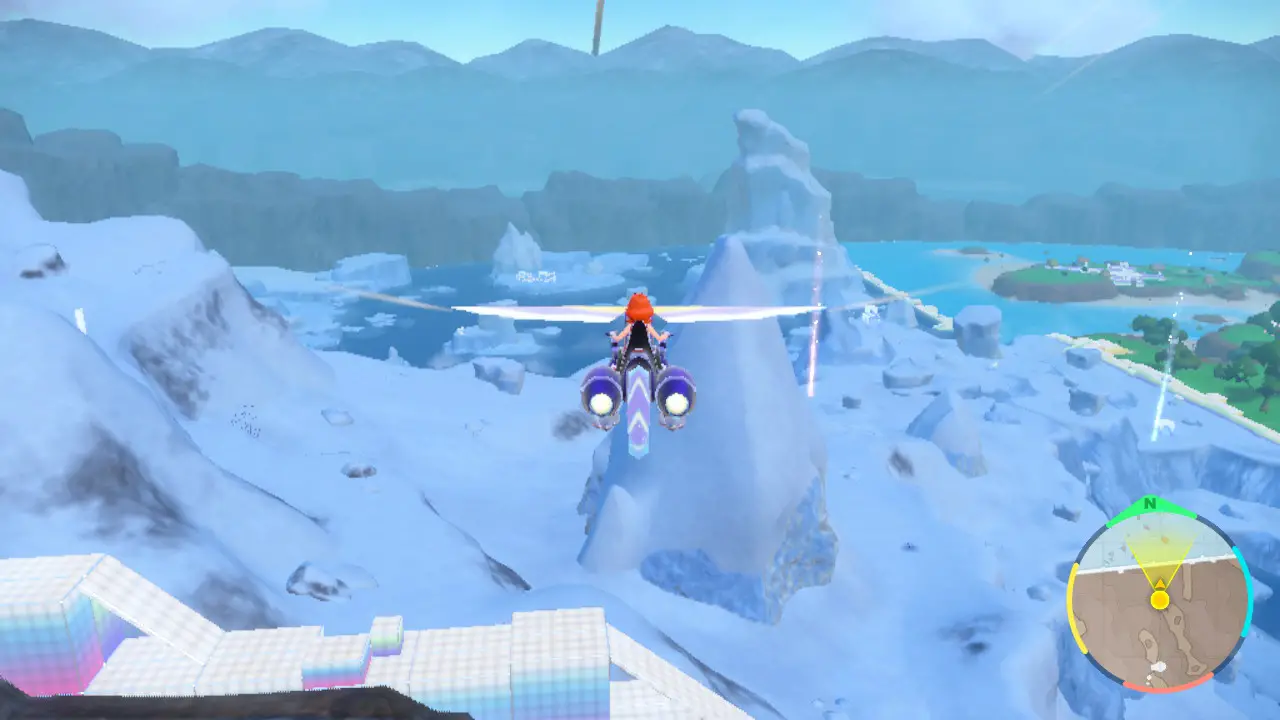
While still very much a mixed bag, The Indigo Disk is undoubtedly the best part of Pokémon Scarlet and Violet. We are very slowly inching towards a facsimile of what the series used to be before putting out a game every year became the priority over quality. There’s still a lot that needs to be done to get back, but we are getting there if this keeps up.
Jack – Scarlet:
Much like the first round of DLC, The Indigo Disk could best be described as more Pokémon Scarlet, with all the good and bad that comes with it. You get another map of Pokémon to catch, you get another semblance of a narrative, and you get all of the technical issues that you’ve come to know and love. Unlike its predecessor, Indigo Disk feels noticeably more ambitious when it comes to pushing the player to their limits. If The Teal Mask served as a breezy field trip, The Indigo Disk functions more like the next semester of your Pokéductation proper… with all the good and bad that comes with it.
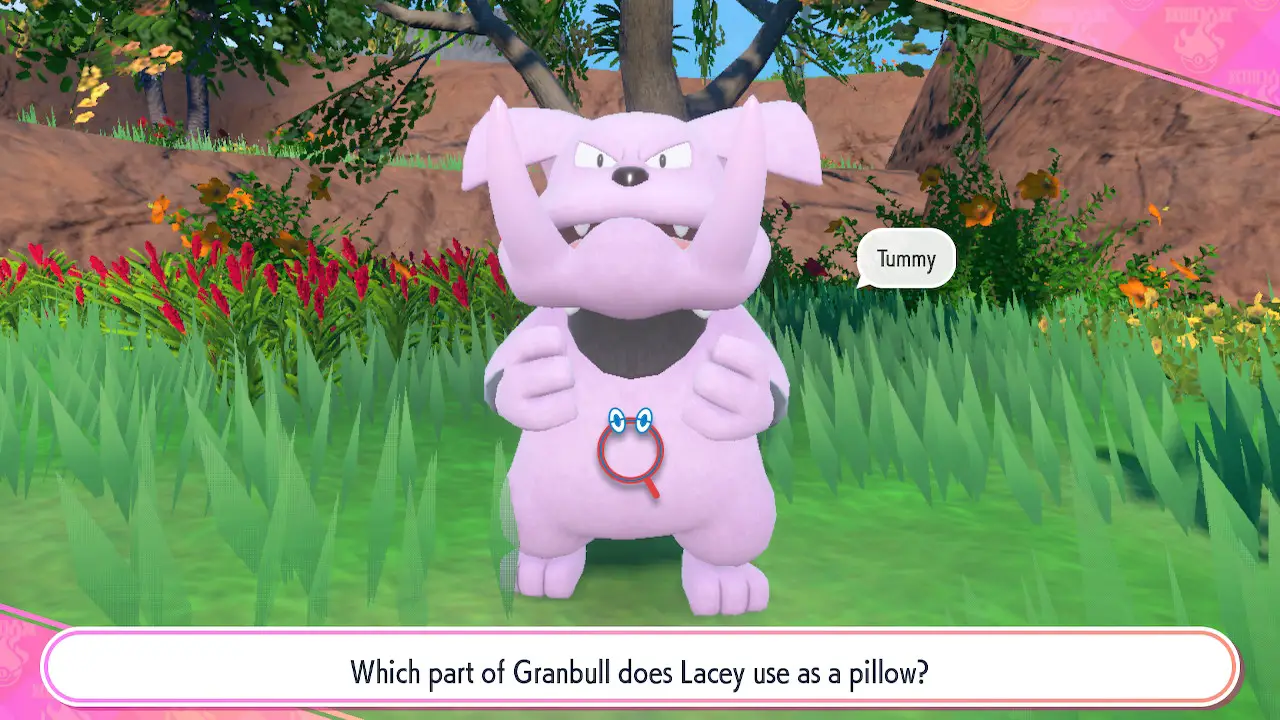
Battles set this round of Poképummeling apart from the last. Whereas last time around you could generally blow through whatever stood in your way much like the main game this time around the AI trainers will put up a genuine fight. At the Blueberry Academy, double battles are the standard format. Shifting things away from the traditional battle format changes things a lot more than you’d expect.
The Pokémon battle system often proves difficult to balance in a singleplayer context. When you boil the system down to how it’s meant to be played, you and your opponent basically take turns attempting to oneshot each other’s monsters through various strategies. You typically aim to gain the advantage as soon as possible and then keep your momentum until your opponent is out of Pokémon. Type matchups, setup moves, and status effects all help build towards your master plan. Planning out your tactics and building up your team’s stats to get to the point where they’re capable enough to execute on it is fun, but leaving things there makes the experience a little empty.
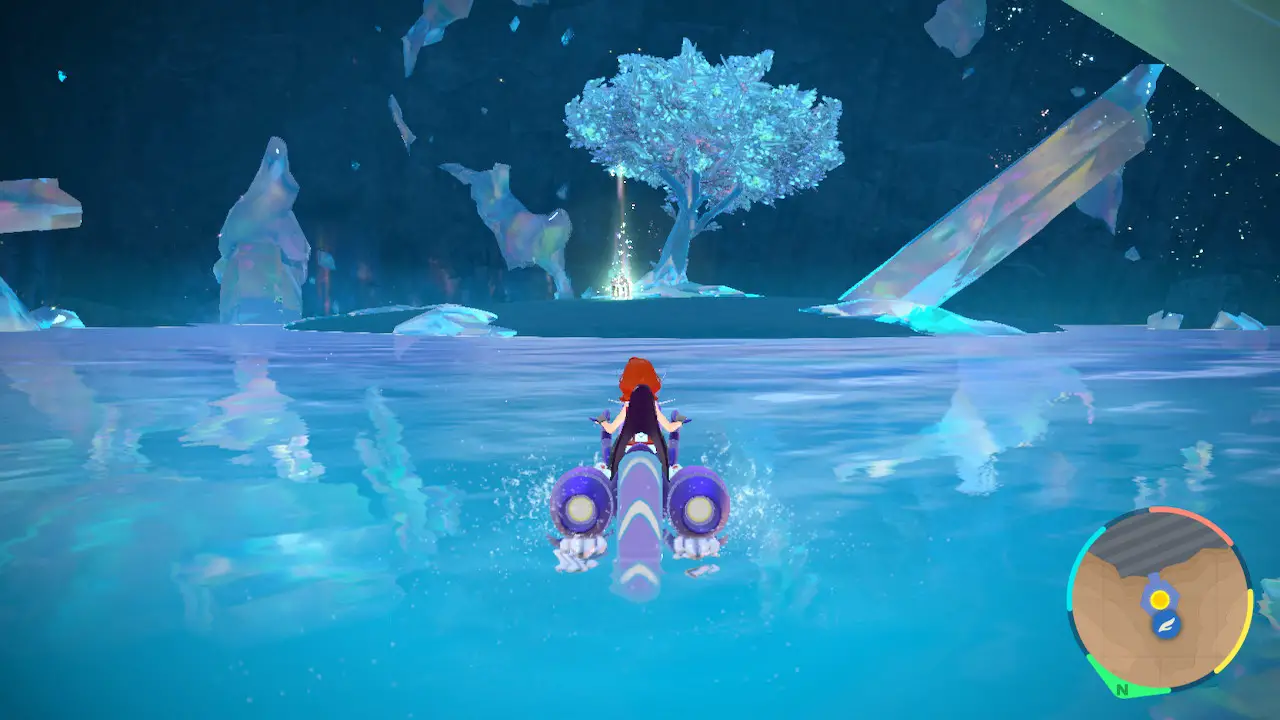
Eventually you reach a point where either your strategy works as intended so you steam roll everything, or you get unlucky so you need to try again. In a multiplayer context, the human element keeps things engaging: prediction, analysis, and adaptation when plans go awry. Robots can’t simulate that particularly well – similar to fighting games, battling AI can only go so far. The basic planning and stat checks take center stage and then never leave. When you combine that with the “single” 1v1 Pokémon battles, the game reaches a point where the strategies matter less and less. If you’ve got something that works, it will more than likely carry you the whole way through a typical Pokémon story.
Double battles don’t fully resolve this issue, yet they do provide an opportunity for disruption that allows the strategic element more room to breathe. Four Pokémon on-screen means potentially four moves a turn and kinds of chaos as a result. The extra helping hand gives the AI the opportunity to competently execute on their own strategies, potentially messing up yours. Basically, these AI trainers pose a legitimate threat now. This time around the story asks you to face up against a new Elite 4, and your battles with them appropriately fit the moniker. Almost every battle came down to the wire – an unfamiliar feeling, to say the least.
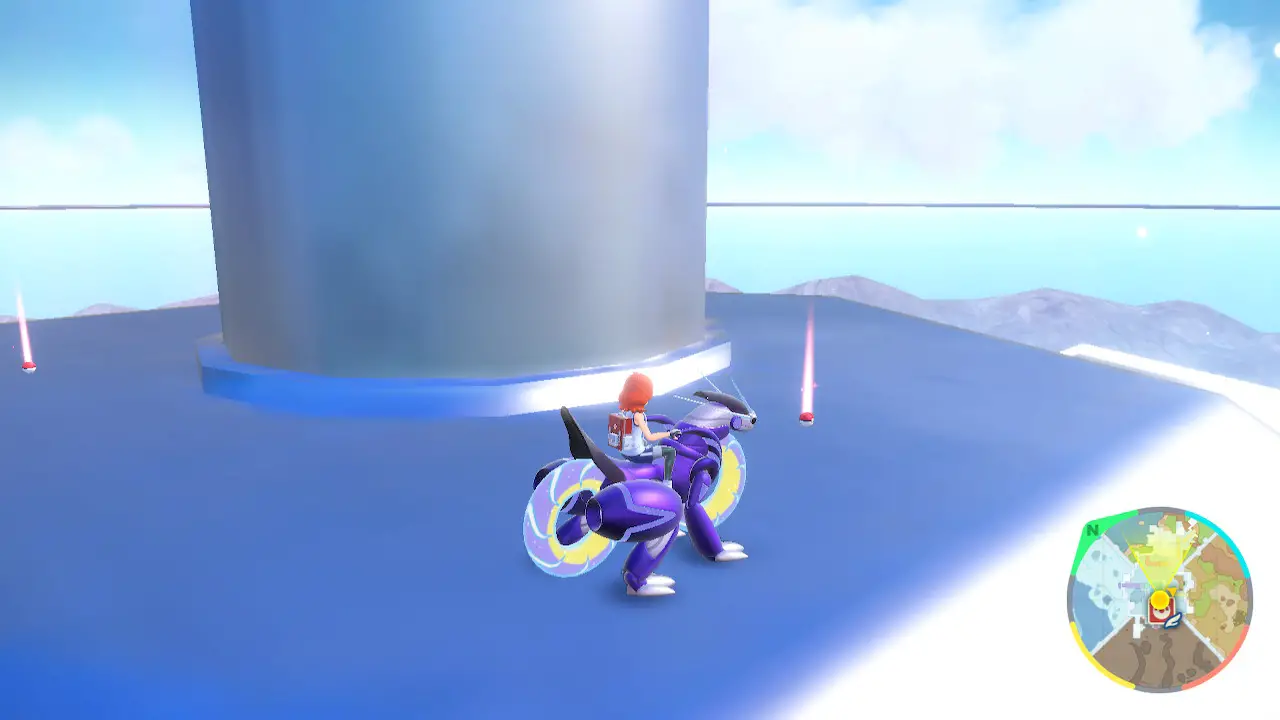
Perhaps the best compliment I can pay to this DLC as a whole is that it feels like a proper endgame to this generation of Pokémon. The challenging battles in the main story put your team to the final test while everything else gives you plenty to work towards after the story wraps up. A new Terastal form expands your battle options while a new mobility option freshens up the exploration. This new school also utilizes a point system that provides plenty of incentive to keep you engaged.
You earn Blueberry Points by completing a constantly revolving checklist of tasks around this area’s explorable map. They’re generally pretty simple and act more as a further incentive to do things you already were going to do than anything else. Catch Pokémon, surprise Pokémon, take pictures of Pokémon – it’s all fairly mindless stuff, yet I didn’t mind it. These takes aren’t a pain to do and the ultimate rewards justify the time spent.
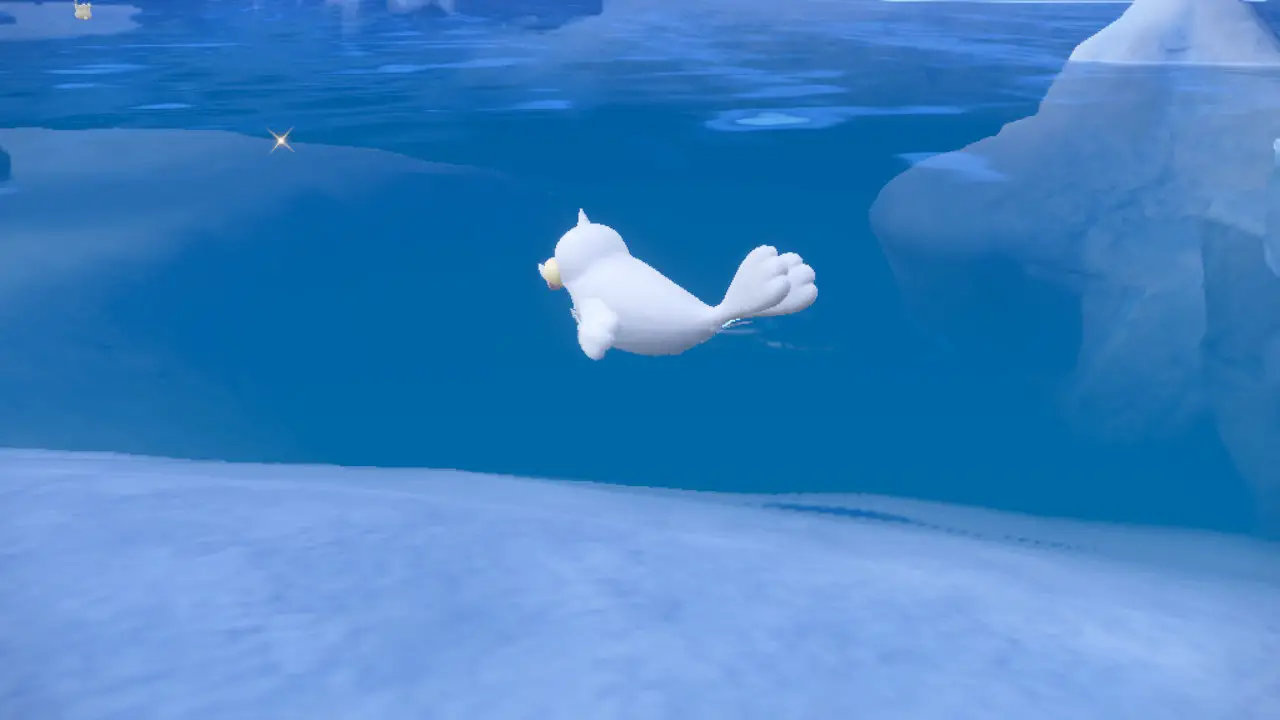
A magical computer in the Blueberry Club Room converts these points into prizes. Rewards range from minor things like changing your player character’s animations to expanding the Pokémon available to catch in the open world map. The secret bosses stand out as the highlight: by paying up enough points, you can invite virtually every major trainer in the game to visit your club. From there, you can partake in endgame tier battles with them while also getting to have a bunch of fun little conversations with them. This is the kind of post-game stuff you’d hope would be in the game in the first place, and I enjoyed the time I spent on this particular subquest. If this were a better game, I could see myself spending a lot of time grinding out points and playing through all of the extra battles.
Speaking of, the map itself ends up feeling like more of the same. It’s another lifeless collection of biomes for Pokémon to waddle around in while you pick them off one by one. Strangely, this time the narrative goes out of its way to point out how artificial the environment is by claiming that it’s an artificial simulation. If it weren’t for the random assortments of Tetris blocks strewn haphazardly throughout the environment, this supposedly “artificial” environment would look exactly the same as the supposedly “real” ones, though, so the whole premise comes with some unfortunate implications.
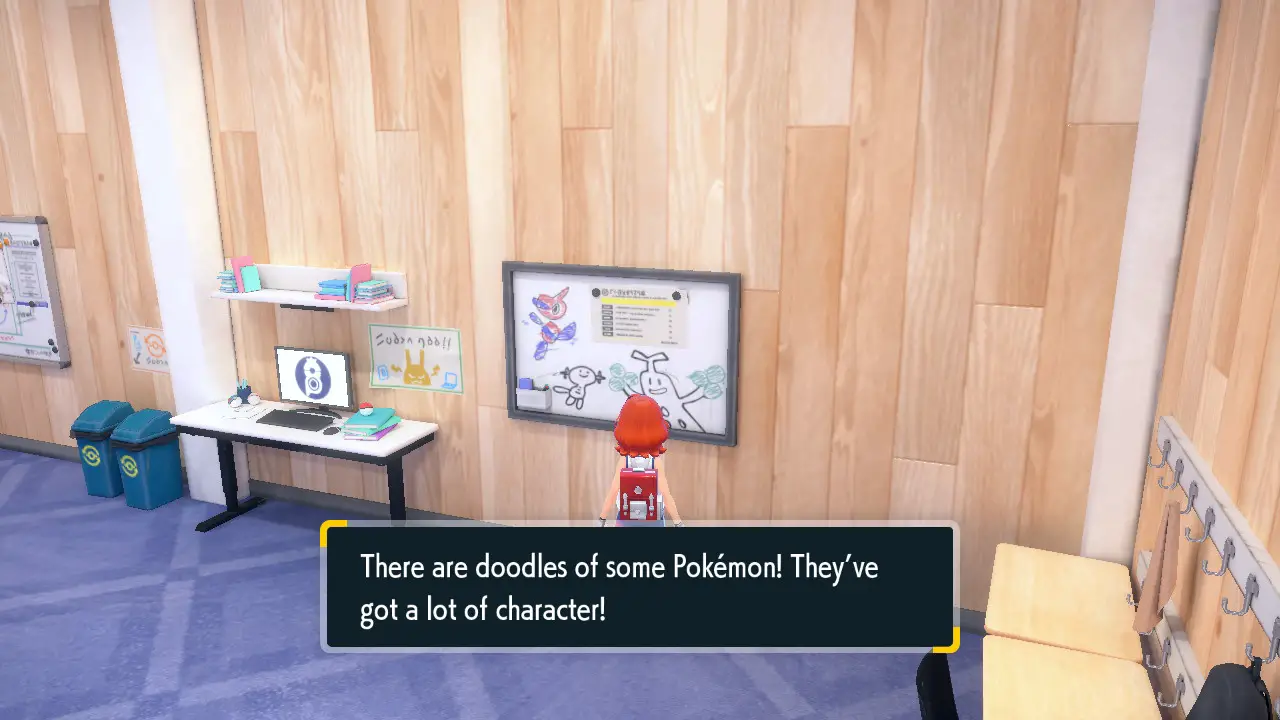
Also unfortunate: somehow this map seems to run worse than the previous two combined. Early on the game attempts to give you a scenic view of the different biomes in a cutscene, only for most of the textures and pieces of the environment to fail to load properly. An omen of things to come! The frame rate also continues to stutter and sometimes will freeze completely for a few seconds when you move the camera too quickly. Pokémon Scarlet’s technical issues are what they are at this point, I was never expecting for them to make major changes, yet even I couldn’t predict that the bar would continue to lower.
Taking the good and the bad as a whole, I can only conclude one thing: this is more Pokémon. If you’re on board with what this latest entry does, this DLC gives you exactly that along with some much-needed challenge and post-game activities. While I enjoyed elements of the expansion, it also brought the weaknesses of this style of Pokémon game to the forefront. Pokémon Scarlet lived almost entirely on the novelty of catching Pokémon on a giant open map. It was far from a perfect experience, but it was novel. Between the main game and its two expansions we now have a lot of that experience. If the next Pokémon ends up being another questionably functional, largely interchangeable map, I don’t know if I could take it. Pokémon Scarlet made some big changes to the Pokémon formula, but this series already feels overdue for more shake ups.
Pokémon Scarlet: The Hidden Treasure of Area Zero Part 2: The Indigo Disk
All Right
For better and worse, Pokémon Scarlet & Pokémon Violet: The Hidden Treasure of Area Zero Part 2: The Indigo Disk is more Pokémon Scarlet & Pokémon Violet. Your enjoyment of it will largely depend on how much jank you can still tolerate, but this DLC does some interesting things to spice up the game. Trainers will actually put up a fight, there are cool optional areas to explore, and there’s of course a ton of returning Pokémon to catch. It’s a very small step back to where we fell in love with the series, but still far from its heights.
Pros
- Actual difficulty
- BBQs
- The inherent fun of catching Pokémon
Cons
- Somehow worse performance
- Poor storytelling
- Map is more of the same

